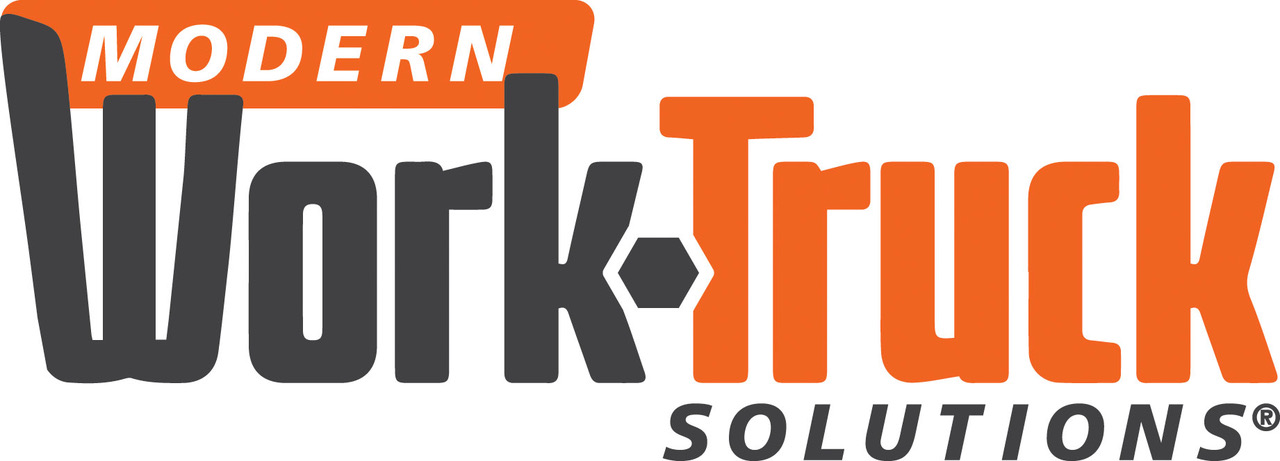Artificial intelligence (AI) continues to dominate conversations in business, finance, and technology. At the same time, organizations with transportation fleets face an economy now defined by prolonged volatility—rising equipment costs, exploding prices from trade wars, extended life cycles, labor shortages, inflationary pressures, and supply chain disruptions.
As we look ahead to the final stages of 2025 it is important to think about how today’s leading companies operating transportation fleets are now balancing the over-glamorization of data automation along with human expertise by leveraging both advanced AI-enabled analytics and expert-driven total cost of ownership (TCO) principles to achieve operational efficiency and financial resilience.
THE POWER OF AI AND HUMAN INTERACTION
In today’s turbulent economic climate no matter, the industry, AI-enabled analytics and data insights offer teams a vital tool to achieve financial and operational resilience. By rapidly processing vast datasets on maintenance, fuel consumption, and market trends, AI can refine TCO models with unprecedented accuracy, moving beyond historical averages to predict future costs with greater certainty.
However, AI shouldn’t operate in a vacuum. This fusion of advanced automation and human expertise allows for proactive decision-making, optimized vehicle life cycles, improved maintenance scheduling, and ensures maximum asset utilization to combat rising operational expenses and supply chain volatility.
UNDERSTANDING WHY TRANSPORTATION ASSET MANAGEMENT NEEDS BOTH
Trucks vary widely in features and life cycle requirements, but they share one universal characteristic: operations must be managed at the lowest possible TCO. With more than 11 billion tons of freight transported annually by trucks in the U.S., representing nearly three-quarters of all domestic tonnage shipped, the stakes are high for organizations navigating data-driven decisions around cost, efficiency, and sustainability.
Over time, fleet executives and procurement must replace or upgrade equipment, and knowing when and how to replace assets requires more than push-button AI algorithms—it requires context, experience, and financial discipline. A growing number of today’s organizations are re-learning that success comes not from chasing the next disruption, but from revisiting and reapplying fundamentals such as cost-per-mile (CPM), per-unit P&Ls, residual values, and disciplined life cycle planning – all while leveraging the advanced data decisioning now available at our fingers.
Successful companies today can align these fundamentals with emerging AI technologies to optimize procurement strategies, improve asset utilization, and create accurate multi-year equipment and financial forecasts. This combination of resources also helps executives take actionable data and apply industry expertise to properly identify dormant equity in existing assets, model fixed versus variable costs to predict future capital needs, and answer pressing C-level questions like: where are our costs rising? How do we control transportation expenses? How do we avoid reactive decisions in a volatile market?
What’s more, intelligent organizations now know the need to leverage data integrity—why “gated data” is critical to ensuring that AI can deliver accurate actionable insights rather than misleading outcomes; and how poor data quality can undermine both financial planning and operational performance. Human expertise has been proven to contextualize AI outputs, ensuring accuracy, and avoiding misguided investment decisions.
ESTABLISHING DYNAMIC AND GRANULAR CONTROLS
In fact, it is this combination that empowers successful companies with private fleets to establish dynamic and granular control over their entire financial futures. Beyond merely identifying where costs are rising, AI-driven analytics, anchored by expert-validated TCO models, allow teams to precisely isolate the root causes—whether it’s specific maintenance events, suboptimal fuel routes, or unnecessary idle time—transforming raw data into predictive intelligence.
This predictive capability is critical for optimizing procurement strategies for fleets of any size, whether hundreds of trucks or 20. Instead of relying on general economic indicators, organizations can use this combined approach to model the precise impact of varying replacement cycles or technology adoptions (like alternate fuel) on their specific bottom line years in advance. This foresight enables the identification of dormant equity in older assets, determining the exact point where retaining an aging vehicle becomes financially detrimental versus investing in a newer, more efficient one.
Furthermore, the focus on data integrity is paramount. Successful companies understand that AI is a powerful tool, but its output is only as good as the “gated data” it consumes. Human expertise acts as the essential contextual filter, validating the AI’s insights, correcting anomalies, and preventing automated yet misguided, investment decisions based on flawed data. This human-in-the-loop strategy ensures the insights are truly actionable, providing C-level executives with the confidence to transition from reactive crisis management to proactive, resilient financial and operational planning in a market defined by perpetual volatility.
Organizations that rely solely on AI without reinforcing the human component risk eroding competitive advantage. By returning to the fundamentals of TCO while integrating AI as a tool, not a replacement, companies can achieve greater efficiency, unmatched resilience, and sustainable growth in these prolonged uncertain times.
about the author
Katerina Jones is chief marketing officer for Fleet Advantage, a leading innovator in specialty financing, fleet data analytics, fleet management services, and life cycle cost management. To learn more, visit www.fleetadvantage.com.




